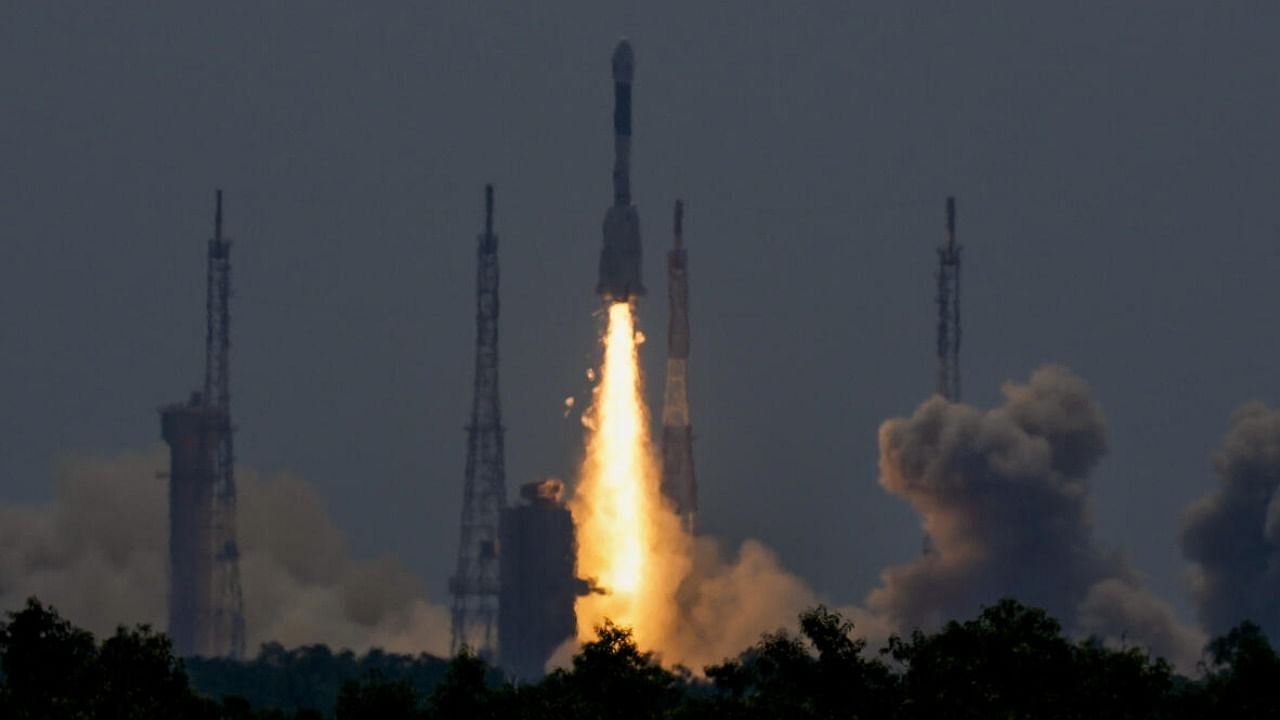
Indian Space Research Organisation’s (ISRO) GSLV F12 on Monday successfully launched NVS-O1, a second-generation navigation satellite series that will ensure continuity of legacy NavIC services and provide new service in L1 band, from the Sathish Dhawan Space Centre in Sriharikota, 110 km from here.
The GSLV-F12 carrying NVS-01 satellite weighing about 2,232 kg, lifted off from the second launch pad of SDSC at 10.42 am. After a flight of about 19 minutes, the ISRO announced the mission as successful after the rocket injected the NVS-O1 satellite precisely into a Geosynchronous Transfer Orbit.
This is the 15th flight of India's Geosynchronous Satellite Launch Vehicle (GSLV) and the 9th flight with Indigenous Cryo stage. NVS-01 is the first of the second-generation satellites envisaged for the Navigation with Indian Constellation (NavIC) services, the agency said, adding that NVS series of satellites will sustain and augment the NavIC with enhanced features.
NavIC (Navigation with Indian Constellation) provides accurate real-time positioning and timing services over India and a region extending approximately 1,500 km around the Indian Mainland. The fully deployed NavIC constellation consists of seven satellites in Geosynchronous / Inclined Geosynchronous Orbits.
Congratulating the team for the “excellent outcome” of the mission, ISRO chairman S Somanath said NVS-01 has been placed in precise orbit by GSLV. Referring to the August 2021 anomaly in the cryogenic stage of the GSLV, Somanath said Monday’s success has come after a debacle and that "corrections in cryogenic stage and lessons learnt have really paid benefits."
NVS-01 satellite is built around the standard I-2K Bus and is compatible with GSLV. It has a lift-off mass of approximately 2232 kg. As compared to the first-generation satellite series, the second-generation satellite series includes L1 Navigation band and encompasses indigenously developed Rubidium atomic clock.
“It carries navigation payloads operating in L1, L5 and S bands. The satellite is powered by two solar arrays, capable of generating power up to 2.4 kW and a Lithium-ion battery supporting payload and bus load during eclipse. The satellite employs both passive and active thermal management, unified bi-propellant propulsion system and three-axis body stabilised zero momentum system with reaction wheels,” the ISRO said.
The key applications of NavIC include terrestrial, aerial, and maritime navigation, precision agriculture, geodetic surveying, emergency services,
fleet management, location-based services in mobile devices, marine fisheries, orbit determination for satellites, and Internet-of-Things (loT) based applications.
This is ISRO’s fourth launch in 2023 after SSLV launch in February, OneWeb India-2 mission in March, and PSLV-C55 mission in April.